It is now over two years since I took on my first consignment of dairy heifers and it is probably top of my favourite farming activities at the moment.
This year’s consignment of calves arrived in May, freshly weaned off milk and ready to begin their development into fully fledged milk cows.
Farmer Writes: Dairy heifers still ticking all the boxes.
I got the younger half of a batch of about seventy and the other rearer got the older, stronger ones. We take it in turns, as this seems to be the fairest way for all parties.
Last year’s heifers left here in early September, having been artificially inseminated on 10 May. When the heifers leave this farm is flexible and will probably vary from year to year.
After the drought in 2018, we held onto the in-calf animals until the turn of the year due to a lack of fodder at the dairy farm. However, this season saw an abundance of silage on their premises, and it seemed logical to transfer them three months earlier.
Obviously, that means less revenue for me, but I know what side my bread is buttered on, and I will work with these guys as best I can.
I casually explained to them that I would simply buy store bullocks in the autumn instead of next spring, although I suspect my nonchalance fooled no-one. Day-on-day, there is no comparing the true profitability of the two systems.
Other advantages
Apart from being easy to handle and work with, there are other advantages with the young heifers. In a wet autumn (like the current one), a batch of 200kg cattle do not turn grassland into a quagmire and even the area around feeding troughs remains surprisingly firm.
A half decent autumn should see the heifers staying outside until at least early December, although this year has necessitated housing on 22 November.
They were introduced to their winter diet gradually and baled silage was fed from early November. As grass supplies dwindled, bale consumption increased accordingly and concentrate was stepped up from 500g/head to 1.6kg at the point of housing. Depending on silage quality, meal feeding may be stepped up to 2kg.
They were vaccinated for IBR on 5 November, mostly as a precautionary measure. The store bullocks are in a slatted pen beside them, so it’s probably a good idea to cover all bases when they begin exchanging nasal fluids as they say hello to one another (the store cattle have also been vaccinated).
Challenge
The biggest ongoing challenge with these young cattle is their susceptibility to lungworm, and in the absence of concrete advisory policies regarding preventative treatment, I opt for the paranoid approach.
This means treating all calves at the first sign of coughing, then again as soon as any increase in coughing is noticed. If there is a heavy lungworm challenge, repeat treatment will be necessary in little over four weeks, although the gap may be up to six weeks. In total, these 37 heifer calves were treated with a pour-on five times during the grazing season, with the last dose on 18 November, a week before housing.
They were weighed on 19 August and 5 November, another job that is casual in the extreme - I push them onto the weighing platform while my wife, Susan records the weights.
The biggest problem for her is trying to record tag numbers and weights while simultaneously being chewed, nudged and generally loved by half a dozen sociable young heifers.
It’s hard to believe that these small females will be ready to be artificially inseminated in six months’ time and by then another batch should be ready for the whole process to begin again. I can’t wait.
Read more
Watch: dairy-bred calves off to a positive start of Farmer Writer's farm
Farmer Writes: allegiance to the All Blacks has changed
Farmer Writes: the annual flutter on beef rarely pays
It is now over two years since I took on my first consignment of dairy heifers and it is probably top of my favourite farming activities at the moment.
This year’s consignment of calves arrived in May, freshly weaned off milk and ready to begin their development into fully fledged milk cows.
Farmer Writes: Dairy heifers still ticking all the boxes.
I got the younger half of a batch of about seventy and the other rearer got the older, stronger ones. We take it in turns, as this seems to be the fairest way for all parties.
Last year’s heifers left here in early September, having been artificially inseminated on 10 May. When the heifers leave this farm is flexible and will probably vary from year to year.
After the drought in 2018, we held onto the in-calf animals until the turn of the year due to a lack of fodder at the dairy farm. However, this season saw an abundance of silage on their premises, and it seemed logical to transfer them three months earlier.
Obviously, that means less revenue for me, but I know what side my bread is buttered on, and I will work with these guys as best I can.
I casually explained to them that I would simply buy store bullocks in the autumn instead of next spring, although I suspect my nonchalance fooled no-one. Day-on-day, there is no comparing the true profitability of the two systems.
Other advantages
Apart from being easy to handle and work with, there are other advantages with the young heifers. In a wet autumn (like the current one), a batch of 200kg cattle do not turn grassland into a quagmire and even the area around feeding troughs remains surprisingly firm.
A half decent autumn should see the heifers staying outside until at least early December, although this year has necessitated housing on 22 November.
They were introduced to their winter diet gradually and baled silage was fed from early November. As grass supplies dwindled, bale consumption increased accordingly and concentrate was stepped up from 500g/head to 1.6kg at the point of housing. Depending on silage quality, meal feeding may be stepped up to 2kg.
They were vaccinated for IBR on 5 November, mostly as a precautionary measure. The store bullocks are in a slatted pen beside them, so it’s probably a good idea to cover all bases when they begin exchanging nasal fluids as they say hello to one another (the store cattle have also been vaccinated).
Challenge
The biggest ongoing challenge with these young cattle is their susceptibility to lungworm, and in the absence of concrete advisory policies regarding preventative treatment, I opt for the paranoid approach.
This means treating all calves at the first sign of coughing, then again as soon as any increase in coughing is noticed. If there is a heavy lungworm challenge, repeat treatment will be necessary in little over four weeks, although the gap may be up to six weeks. In total, these 37 heifer calves were treated with a pour-on five times during the grazing season, with the last dose on 18 November, a week before housing.
They were weighed on 19 August and 5 November, another job that is casual in the extreme - I push them onto the weighing platform while my wife, Susan records the weights.
The biggest problem for her is trying to record tag numbers and weights while simultaneously being chewed, nudged and generally loved by half a dozen sociable young heifers.
It’s hard to believe that these small females will be ready to be artificially inseminated in six months’ time and by then another batch should be ready for the whole process to begin again. I can’t wait.
Read more
Watch: dairy-bred calves off to a positive start of Farmer Writer's farm
Farmer Writes: allegiance to the All Blacks has changed
Farmer Writes: the annual flutter on beef rarely pays




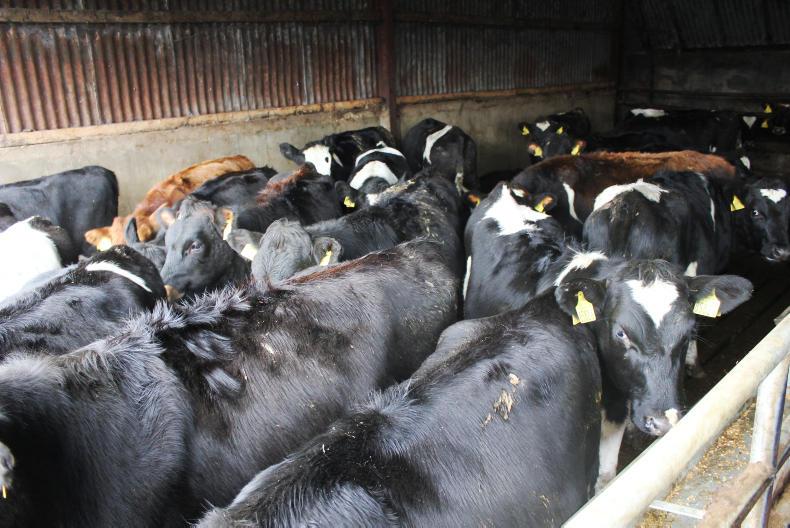
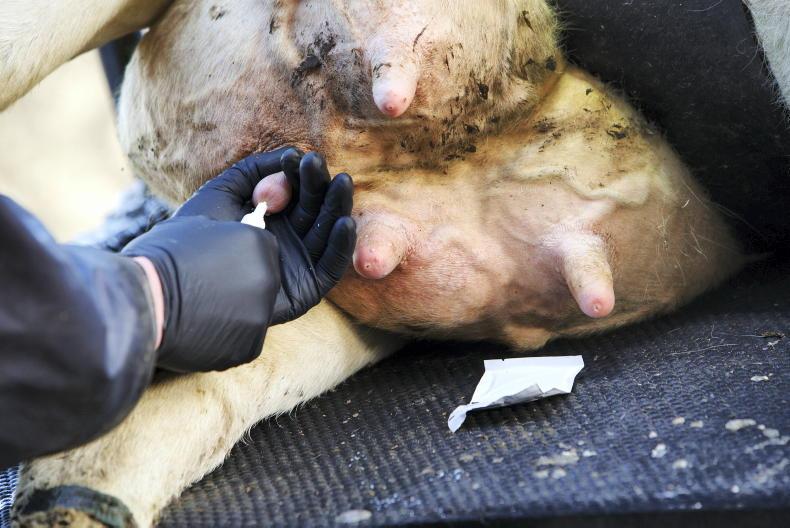

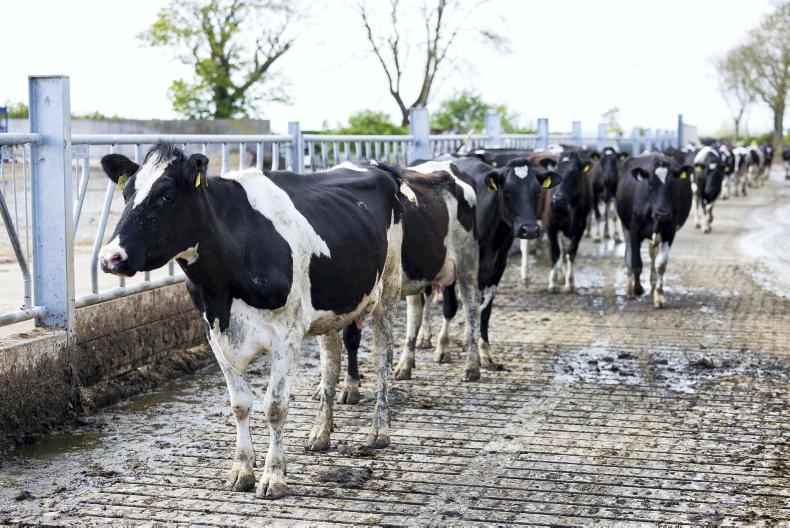
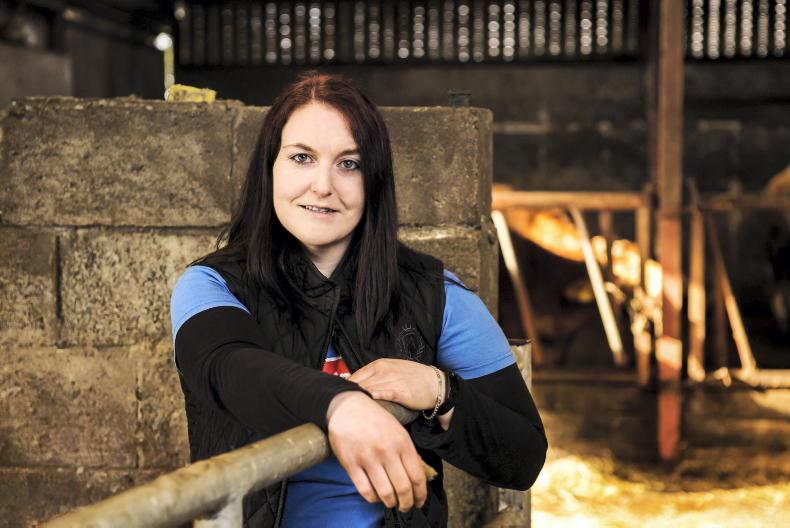
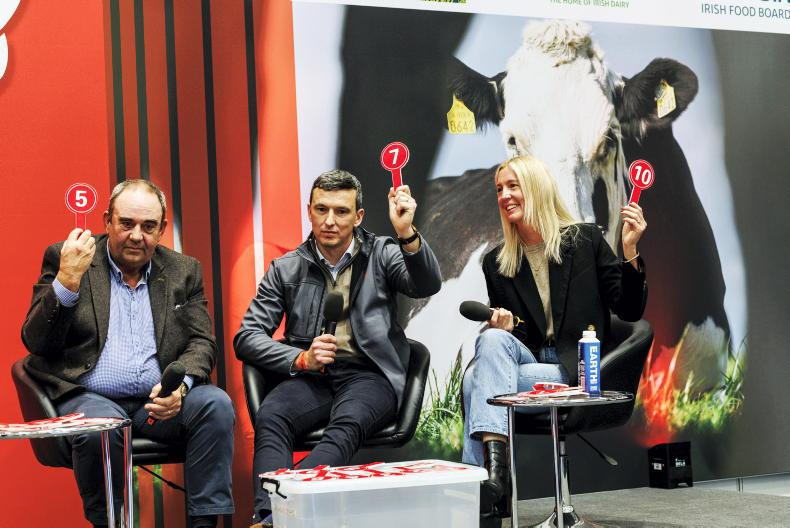
SHARING OPTIONS